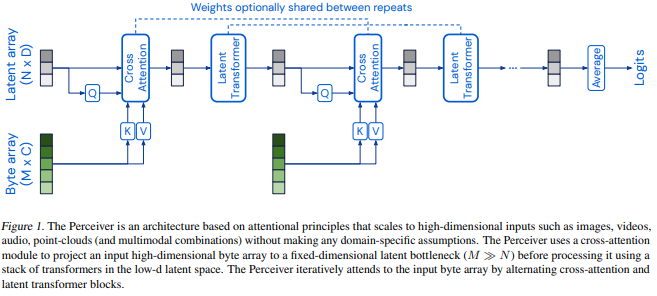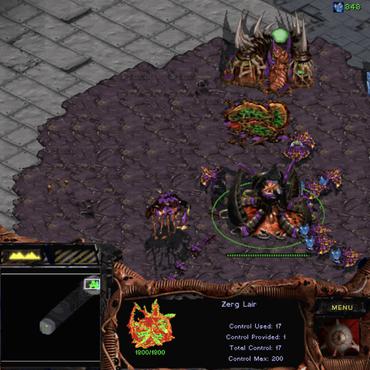Perceiver IO: A General Architecture for Structured Inputs & Outputs
A central goal of machine learning is the development of systems that can solve many problems in as many data domains as possible. Current architectures, however, cannot be applied beyond a small set of stereotyped settings, as they bake in domain & task assumptions or scale poorly to large inputs or outputs. In this work, we propose Perceiver IO, a general-purpose architecture that handles data from arbitrary settings while scaling linearly with the size of inputs and outputs. Our model augments the Perceiver with a flexible querying mechanism that enables outputs of various sizes and semantics, doing away with the need for task-specific architecture engineering. The same architecture achieves strong results on tasks spanning natural language and visual understanding, multi-task and multi-modal reasoning, and StarCraft II. As highlights, Perceiver IO outperforms a Transformer-based BERT baseline on the GLUE language benchmark despite removing input tokenization and achieves state-of-the-art performance on Sintel optical flow estimation with no explicit mechanisms for multiscale correspondence.
PDF Abstract ICLR 2022 PDF ICLR 2022 AbstractCode
Results from the Paper
 Ranked #1 on
Optical Flow Estimation
on KITTI 2015
(Average End-Point Error metric)
Ranked #1 on
Optical Flow Estimation
on KITTI 2015
(Average End-Point Error metric)










 ImageNet
ImageNet
 KITTI
KITTI
 GLUE
GLUE
 C4
C4
 AudioSet
AudioSet
 MPI Sintel
MPI Sintel